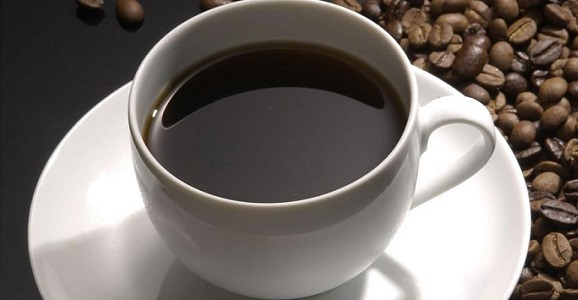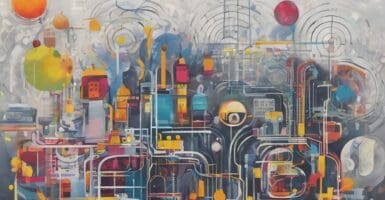Zero Gravity Coffee Cups Coming To A Space Station Near You
This article is more than 2 years old
 As I’m writing this, I’m downing my fourth cup of coffee for the day. (Yawn.) This is perhaps one of the only times in my life when I have an advantage over astronauts, as liquids like coffee are hard to control in places where gravity is absent. But my advantage has an expiration date, as Portland State University physics professor Mark Weislogel and his colleagues have conceived the Capillary Flow Experiment, which is being conducted onboard the International Space Station, and their goal is to find a proper vessel to drink coffee from in zero gravity.
As I’m writing this, I’m downing my fourth cup of coffee for the day. (Yawn.) This is perhaps one of the only times in my life when I have an advantage over astronauts, as liquids like coffee are hard to control in places where gravity is absent. But my advantage has an expiration date, as Portland State University physics professor Mark Weislogel and his colleagues have conceived the Capillary Flow Experiment, which is being conducted onboard the International Space Station, and their goal is to find a proper vessel to drink coffee from in zero gravity.
Coffee, like other liquids, is not easily handled in space. You can’t really pour it into a regular coffee cup to begin with, and even when it’s in the cup, getting it into your mouth requires quite a bit of work. If you try and simply drink it, “the coffee would be very hard to control,” says Weislogel. “You’d have to shake the cup towards your face and hope that some of the hot liquid breaks loose and floats toward your mouth.” This sounds like a terrible accident waiting to happen. Since liquid behavior in zero-g is so non-intuitive, he and his team had to think…well, inside the box in order to find a solution.
They knew that two solid surfaces meeting at a narrow angle allows for liquids in microgravity to flow without any pumping needed. This capillary action is hard to study here on Earth, where gravity assists in a fluid’s motion, but up on the ISS, it’s thought that this effect could be used to move all kinds of fluids, from cryogenic fuel to recycled waste and water.
For their efforts, Weislogel and his team have been granted three patents, two of which — a microgravity condensing heat exchanger as well as something that controls and separates multiphase fluids — are well outside your average caffeine consumer’s interests, but the third one is for a low-gravity coffee cup, which is basically a cup with a sharp interior corner on one side. This patent is shared with former ISS astronaut Don Pettit, who worked with the experiment during his time aboard the ISS, and Paul Concus and Robert Finns, the guys who performed the initial theoretical analysis.
“As you sip, more fluid keeps coming, and you can enjoy your coffee in a weightless environment– clear down to the last drop,” says Pettit. “This may well be what future space colonists use when they want to have a celebration.” And who’s to say they can’t get a robot to pour the coffee for them?
Maybe now they can finally figure out a way to make bathtub gin in outer space. And from there, space prisons are retroactively built. And then movies like Alien 3 and Lockout can become a reality. All thanks to coffee.
Check out a video below that describes everything I’ve already told you, just in a more concise, non-caffeinated fashion.












